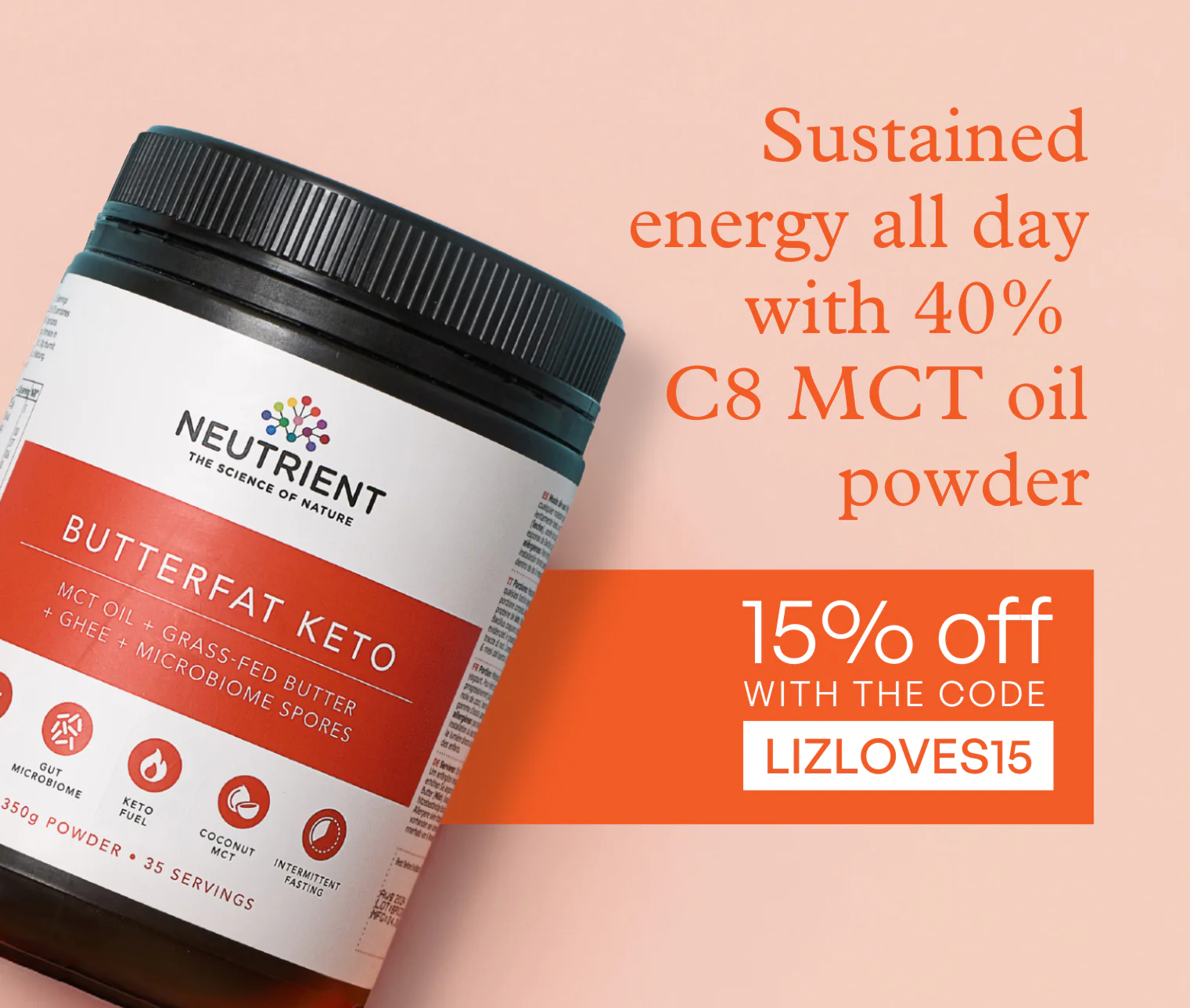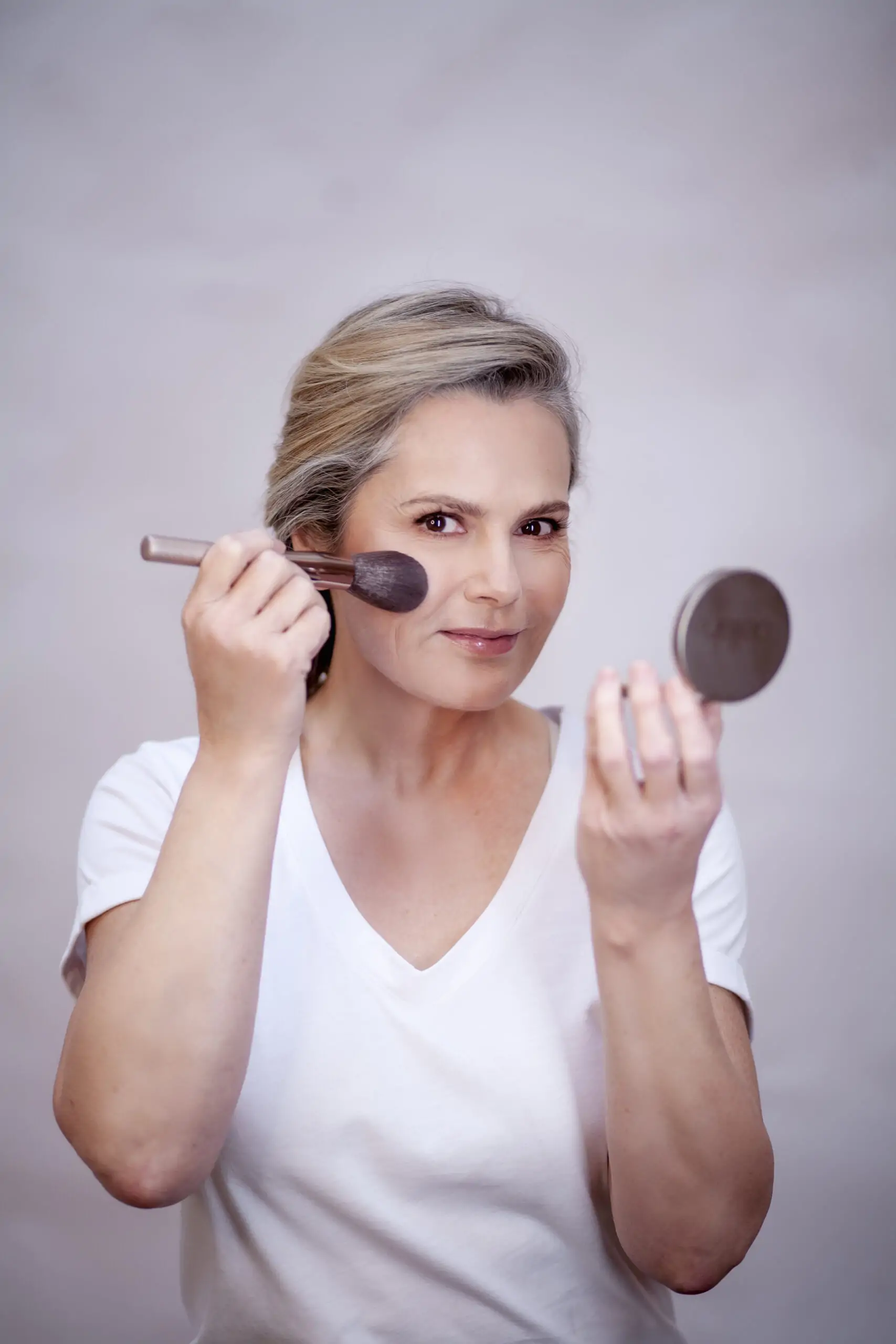Healthy Skin
Banish dark circles and under eye bags
Our eyes are a window to our health as well as to our souls – fresh-looking eyes can indicate that we’re well rested and in good health. For bleary-eyed mornings, however, we may need help to reduce dark circles and eye bags. Follow these helpful tips to de-puff, brighten and smooth your under eye area.
What causes eye bags?
The underlying cause of puffiness is water retention, so keeping ourselves hydrated is top of the list. When dehydrated, we retain water, even under our eyes.
If you’re already on top of your water intake, it may be time to consider the salt you eat. Sodium helps maintain the body’s fluid balance. An excess of the white stuff, particularly through processed foods, may lead to fluid retention (as well as dilated blood vessels, linked with dark circles).
How can we reduce the appearance of under-eye bags?
Cool off: As well as increasing our water intake, cooling the area can be effective. That’s why we traditionally reach for the chilled cucumber. Other potential aids include a metal teaspoon. Immerse in ice-cold water or pop into the fridge to chill and then hold the back of the spoon gently against the skin. Sweep around the eye sockets to stimulate the lymphatics (can use across the rest of the face too for a teaspoon facial massage!). Alternatively, use a cool, damp flannel or a chilled gel eye mask.
Tea break: A soaked, chilled tea bag is the surprising secret weapon of many experts. Simply apply as you would a slice of cucumber. The tannins in the tea may help tighten the skin while the coolness promotes blood circulation.
Aloe aloe aloe: You can also massage the eye area with aloe vera gel. This is an anti-inflammatory and massaging the area may help drain the fluid. Massage a pea-sized amount into the skin in a full circle around the eye bone in a clockwise direction, then repeat in the opposite direction. Keep your tube of aloe vera in the fridge so it’s refreshingly cool. It’s also worth noting that allergies may contribute to eye puffiness.
What causes dark circles under the eyes?
There are many potential causes for the dark circles under our eyes. The skin under the eyes is some of the thinnest on the body. This is why experts advise against zealously rubbing around the eyes. It’s also the reason some of us see those bluey crescents. These are blood vessels visible through this area of delicate skin. Dark circles can show up, particularly in those with pale skin. Different to this sort of circle are those caused by hyperpigmentation. This is especially common in those with darker skin, which has more melanin. This may develop with age as skin becomes more sensitive to the sun. Increasing your vitamin C intake can be helpful as it reduces melanin production.
From a medical point of view, dark circles are often linked with skin disorders associated with chronic inflammation, like eczema and iron-deficiency anaemia. A blood test through your GP is needed to confirm the latter. Another possible cause of dark circles may be nasal congestion caused by an allergy, as the veins which drain from your eye to your nose become dilated.
How do we treat dark circles?
Dark circles become more noticeable as we age because the skin under our eyes weakens and becomes thinner, so efforts to strengthen this skin may help. For this, we want to support our body’s production of collagen, a protein that helps skin look plump. The body needs vitamin C to produce collagen, so keep levels high by eating bright fruits like peppers and kiwis. An eye cream containing retinol may help too, as this ingredient stimulates collagen production.
To avoid wrinkles around the eyes, be sure to guard against UV light damage by wearing SPF and sunglasses large enough to cover the eye area.
Loved this? Now read:
Wellbeing Wisdom
- Water retention can give you puffy eyes, so drink plenty of water to avoid the appearance of bags.
- Wear sunglasses that cover the whole eye area on bright days as UV rays can damage collagen and cause wrinkles.
- Cooling the eye area can reduce bags under our eyes – try using a cool metal teaspoon or cold teabags held gently against closed eyelids.





